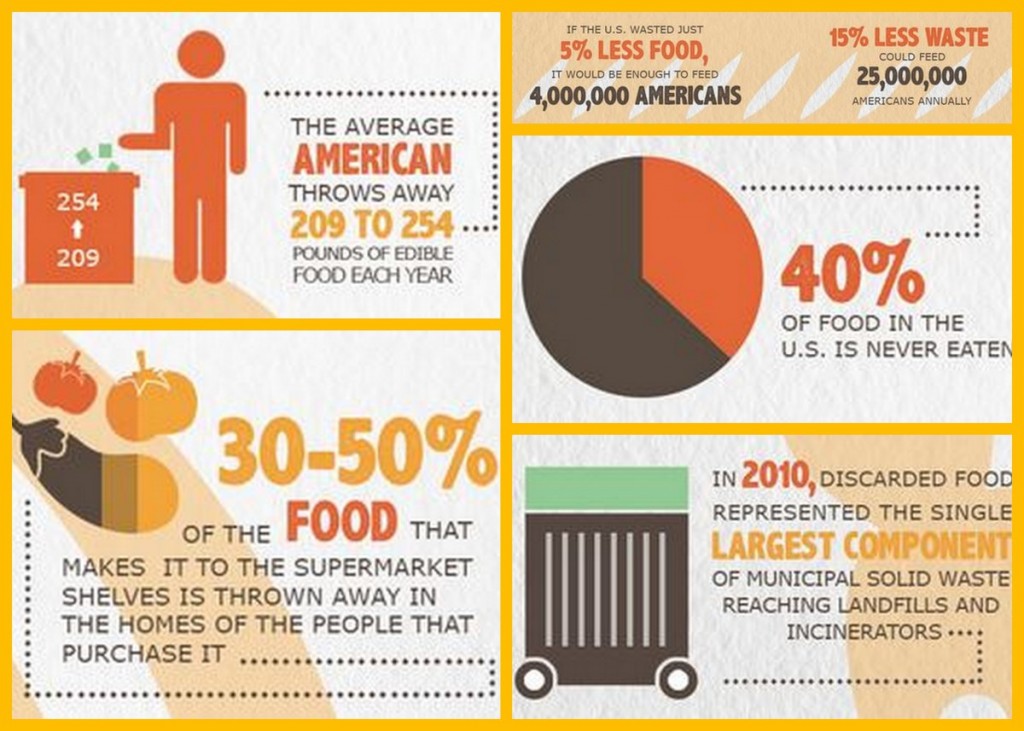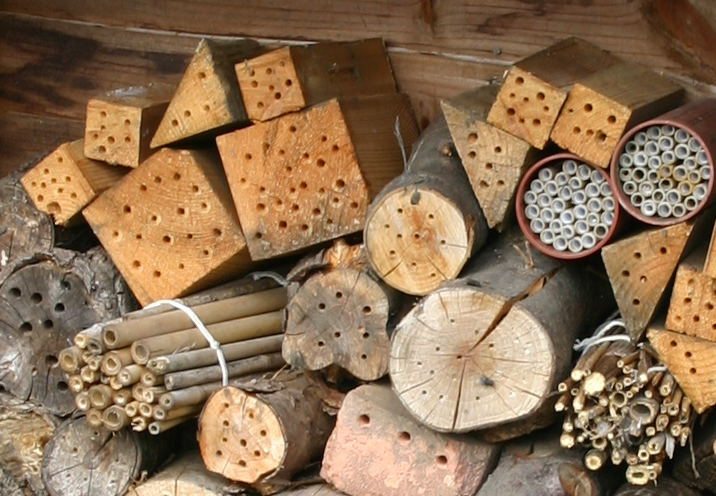 In honor of Mother’s Day (I’ll explain later), let’s see what you know about food waste in the U.S.:
In honor of Mother’s Day (I’ll explain later), let’s see what you know about food waste in the U.S.:
A. What food category yields the most waste at the consumer level?
- Grain Products
- Seafood
- Fruits and Vegetables
- Meat
- Milk
B. The average American family throws out what percentage of the food they purchase?
- 5%
- 10%
- 25%
- 50%
C. What is the “cost” of wasted food in the US?
- $165 billion that could be redistributed throughout our economy
- Millions of hungry Americans that could be fed
- Increased greenhouse gas production
- All of the above
Food waste has been on my mind lately. Recent articles and a spike in social media coverage on the topic of food waste made me curious. I hadn’t given this issue much thought before–we have plenty of social problems to concern us and food waste…well, it just isn’t that sexy as an issue. I was wrong. The numbers are staggering!
But let’s get back to the Mother’s Day connection. I associate food with my Mom because she was the primary cook, gardener, canner/preserver/freezer and shopper. There was always plenty of food but nothing was wasted. Our family ate three meals a day at home (or we took lunch with us to school and work). Leftovers were featured 2-3 times a week and no one complained (ok, we might have complained but it didn’t change the meal plan). We rarely went out to eat and take-out didn’t exist in our rural community. We also raised a lot of our own food. The food scraps and garden leftovers that we did have went to the chickens and pigs. I don’t recall a compost pile but there may have been one. Mom controlled the food distribution in our family and she was strict. Her rule? DON’T.WASTE.FOOD….EVER!
So, in honor of my Mother and all the other Mother’s of that generation I ask you to take action against this serious (and very fixable) problem. Buy only what you need. Plan and cook carefully. Use your leftovers. Compost food waste rather than send it to the landfill. Ask your friends and family to join you.
Happy Mother’s Day!












